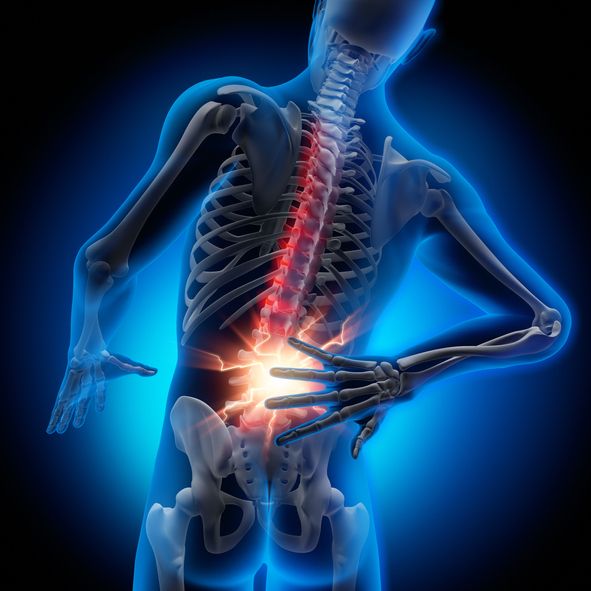How Much Do You Know About ayurveda migraine treatment?
How Much Do You Know About ayurveda migraine treatment?
Blog Article
Lower pain in the back is something that much of us experience at some point in our lives, with up to 85% of adults handling it. Whether it's a dull, irritating pains or a sharp, relentless pain, it can be extremely disruptive. The majority of the time, it comes from issues in the lower spine, tense muscles, or perhaps neighboring organs. While traditional treatments focus on managing symptoms, integrative techniques like Ayurveda, Yoga, and Acupuncture dive much deeper, attending to both the physical discomfort and the emotional toll that pain can take on us.
What Causes Lower Back Pain?
Lower pain in the back can originate from a variety of sources, such as:
● Problems in the lumbar spinal column: Issues with the vertebrae or discs in the lower back.
● Muscle stress: Overworked or irritated muscles from poor posture, overexertion, or tension.
● Nerve compression: Commonly triggered by a herniated disc pressing on nearby nerves.
● Internal organ concerns: Pain referred from organs in the pelvic or stomach.
If your pain is severe, sticks around regardless of rest, or includes symptoms like leg pain, feeling numb, weak point, or unexplained weight-loss, it's essential to see a doctor.
How Ayurveda Can Help
Ayurveda, with its holistic and time-tested solutions, provides natural options for dealing with lower back pain. Here are some treatments that can help:
● Kati Basti: This involves using warm, medicated oil directly to the lower back. The heat and oil collaborate to ease tightness, promote blood flow, and relieve pain.
● Elakizhi: Medicated natural leaves are used in a hot compress to ease muscle tension and promote recovery.
● Panchakarma (Basti): This treatment uses a medicated enema to relax Vata dosha (one of the body's energy types). Vata imbalance is typically linked to pain in the back, and Basti helps bring back balance, decrease swelling, and prevent reoccurrence.
Acupuncture for Pain Relief
Acupuncture is another powerful method to manage pain in the back. By inserting great needles into specific points on the body, acupuncture:
● Stimulates the release of endorphins, the body's natural painkiller.
● Improves circulation and minimizes inflammation in the afflicted location.
● Works hand-in-hand with Ayurveda to use a well-rounded and efficient pain management option.
Yoga for Long-Term Relief
Yoga complements Ayurveda and Acupuncture, offering a way to manage pain daily. It helps by:
● Stretching and enhancing the muscles: Yoga poses can help enhance flexibility and ease stress in the back.
● Breathing workouts and meditation: These practices calm the mind, minimize stress, and support your body's natural healing procedure.
While yoga alone might not totally remove the underlying causes of lower neck and back pain, it can substantially ease discomfort and aid maintain a healthy, pain-free back in time.
A Holistic Approach for Lasting Relief
By integrating Ayurveda, Yoga, and Acupuncture, you're not just treating the symptoms-- you're resolving the root causes of lower neck and back pain. These treatments interact to balance the body and mind, providing a more natural and thorough solution to pain relief. With this integrative method, you can discover not just physical relief however also a greater sense ayurvedic treatment for pcos of wellness and balance in your life.
If you're trying to find a long-lasting, holistic way to manage your lower neck and back pain, these treatments could be the response.